Today Vinyl Pulse presents the first of a two part interview with Evan Blaustein, the founder of Mimoco, about his company’s Mimobots, a product that fuses USB flash drives with designer toys. Look for the conclusion of this interview tomorrow.
Tell us about yourself including your background and of course about
Mimoco. How did you start Mimoco? Did Mimoco start out as a technology
company? What made you decide to bring technology and art together?
Finally, where does the company name come from?
eb: CC and I officially started mimoco a year
ago. The seed of the idea popped in my head about a year previous while
I was in grad school. Although originally it had nothing to do with
designer toys but evolved that way as CC and I both fell in love with
urban vinyl. CC was always carrying her USB key and TronBearbrick
together in her purse and I just had this brainstorm one day and
realized that both items are the same size and could so easily merge
into one stylized USB drive! That’s how the idea really developed into
the mimobots.
Right before we made the leap, I was working for a
start-up mobile game publisher. Things weren’t going so well for them
and needing a change for the better, I decided to parlay my passion of
new media, designer toys, and start-ups into what is now mimoco.
The
name mimoco is a made up word and stems from the word memory. And while
neither of us speaks Japanese, we both have a strong passion for
Japanese pop-culture and like the way mimoco has a distinctly Japanese
ring to it. Plus it’s funny how people never know exactly how to
pronounce or spell it 😉
For Mimoco product design, what comes first, technology or art? Do
you ever have to sacrifice one for the other? How do you see Mimoco in
both communities (technology and art)?
I’m not sure how to prioritize technology or
art in terms of product design. I see both as components comprising the
whole of product design. In terms of a form follows function
discussion, I believe form should not distract from function but can
still play the prominent role.
With the mimobots, we pushed
this idea of unified form and function further. mimobots are not just a
better designed USB drive, their shape isn’t even directly reminiscent
of a USB key; it is more that they are these alien creatures that
happen to be USB flash drives! In a way, the design of the Protobots is
summarizing this ambivalence and reminds one that they are indeed
facing a USB drive. In addition, the whole mimobot concept was to
create an original storyline about them. We wanted to tie reality to
fantasy and used urban vinyl as our inspiration.
Let’s talk about the Mimobots which are USB flash-drives with a
twist; instead of a plain metallic or solid color casing these babies
have a creature-based shape along with both character-based and more
abstract art designs. How was the concept created? Flash drive begat
creature art design or other the way around?
I’ve always viewed the mimobots as my take on
new media. Usually referring to the digital medium, new media can be
applied to designer toys just as well. I think the addition of flash
memory to an art toy has a ton of potential and I’m looking forward to
exploring the digital dimension with the artists in the scene. We’ve
thought a lot about the notion of crossovers – what they mean and how
do characters move from one realm to another. For instance, how did
Nathan’s Scarygirl end up in the world of Qee, or Dalek’s Space Monkeys
in the land of Ciboy? Was it just an extension, or is there something
more? mimobots’ onboard digital media give artists a vehicle to examine
crossovers in a more rich and creative way.
The Mimobots concept seems like an attempt to appeal to consumers’
sense of style as an antidote to the sense that all flash drives are
pretty much alike. This approach seems promising especially to the
degree that it rids us of plain vanilla flash drives. However, it
raises the issue of peoples’ diverse aesthetic preferences. Is this a
concern and if so how are you planning to address it?
Not really. In fact, the idea is to overcome
the lack of choices in today’s world of cookie cutter electronic
devices –. mimobots aren’t limited to five colors; the possibilities
are endless. We do not envision the mimobot design as driven by the
urgency of pleasing everybody but would like to keep it interesting,
unexpected …… something that generates an emotion, a reaction.
What did artists think when you approached them with the idea of
having a flash memory drive as their canvas? How much freedom do the
artists have when it comes to designing on the Mimobots?
We’ve just started approaching artists, but
we’re receiving a ton of positive response to the concept. Those in the
scene understand the potential and are excited to work with the
mimobots’ dual canvases of toy exterior and content interior.
Artistic
freedom is important, although character designs are always limited by
the manufacturing process. The content component is less restricted in
that sense, and can be anything that can be digitized.
Yahid Rodriguez designed most if not all of the current Mimobots.
Can you tell us a little more about him and how he was chosen as the
first designer/artist? Did he also design the basic Mimobot shape? Are
there plans to feature additional artists on future Mimobots?
We hooked up with Yahid on the Kidrobot
message boards. There’s really so many talented folks on that board!
Yahid was showing off his Nahuallis and we were just getting started
with the mimobots. We were totally impressed with his mastery of a
singular canvas to create multiple characters that were so different,
yet had something in common. Because the mimobots employed the notion
of a singular canvas, it was a natural fit. Not to mention we really
loved Yahid’s design style, sense of humor, and funny characters, and
the fact that he was just as fresh to the designer toy scene as we were
made sense as well.
Be sure to visit us tomorrow for the conclusion to this interview with Evan Blaustein of Mimoco.

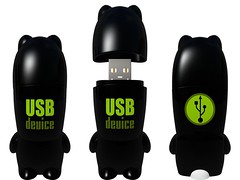
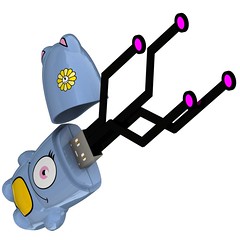
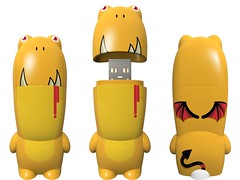
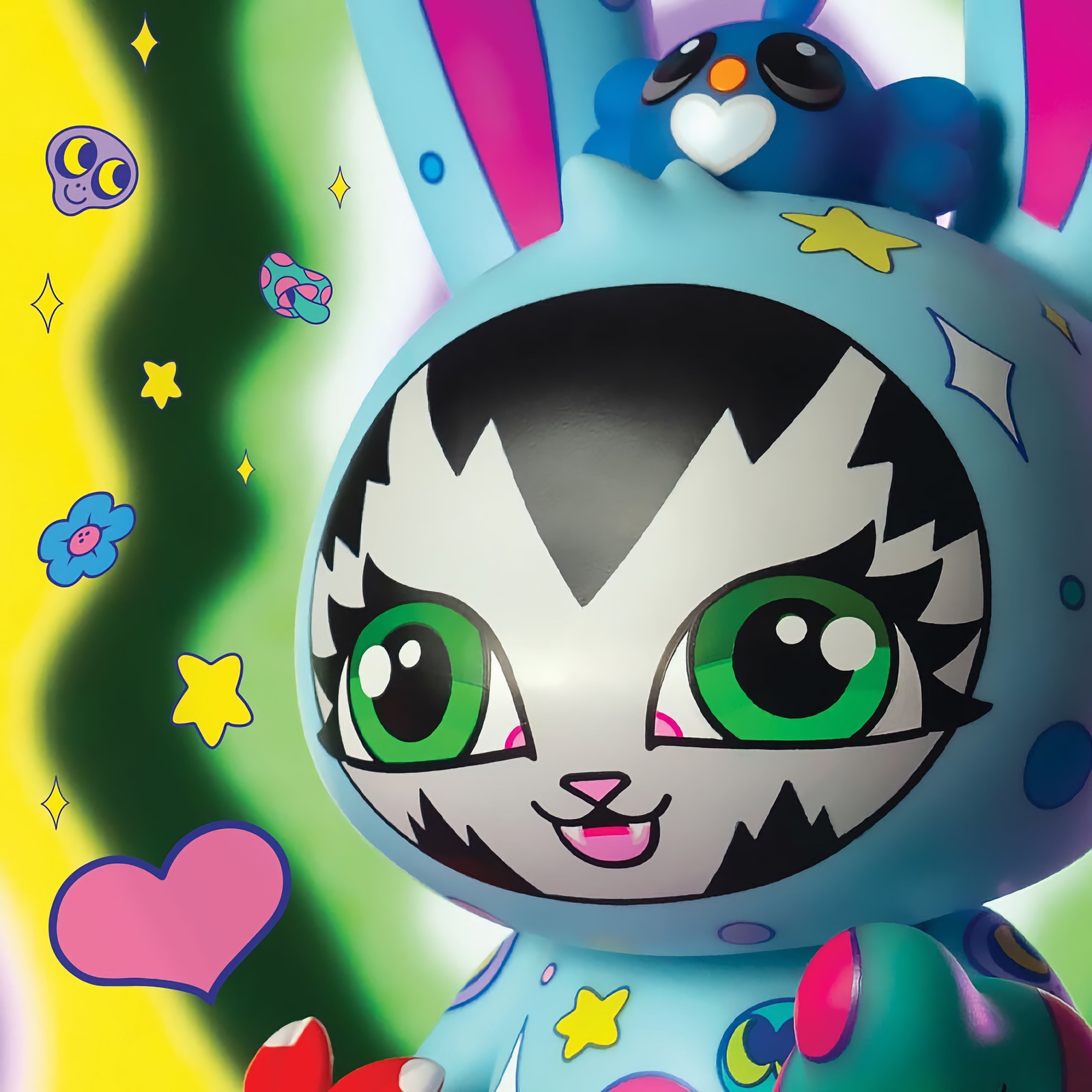
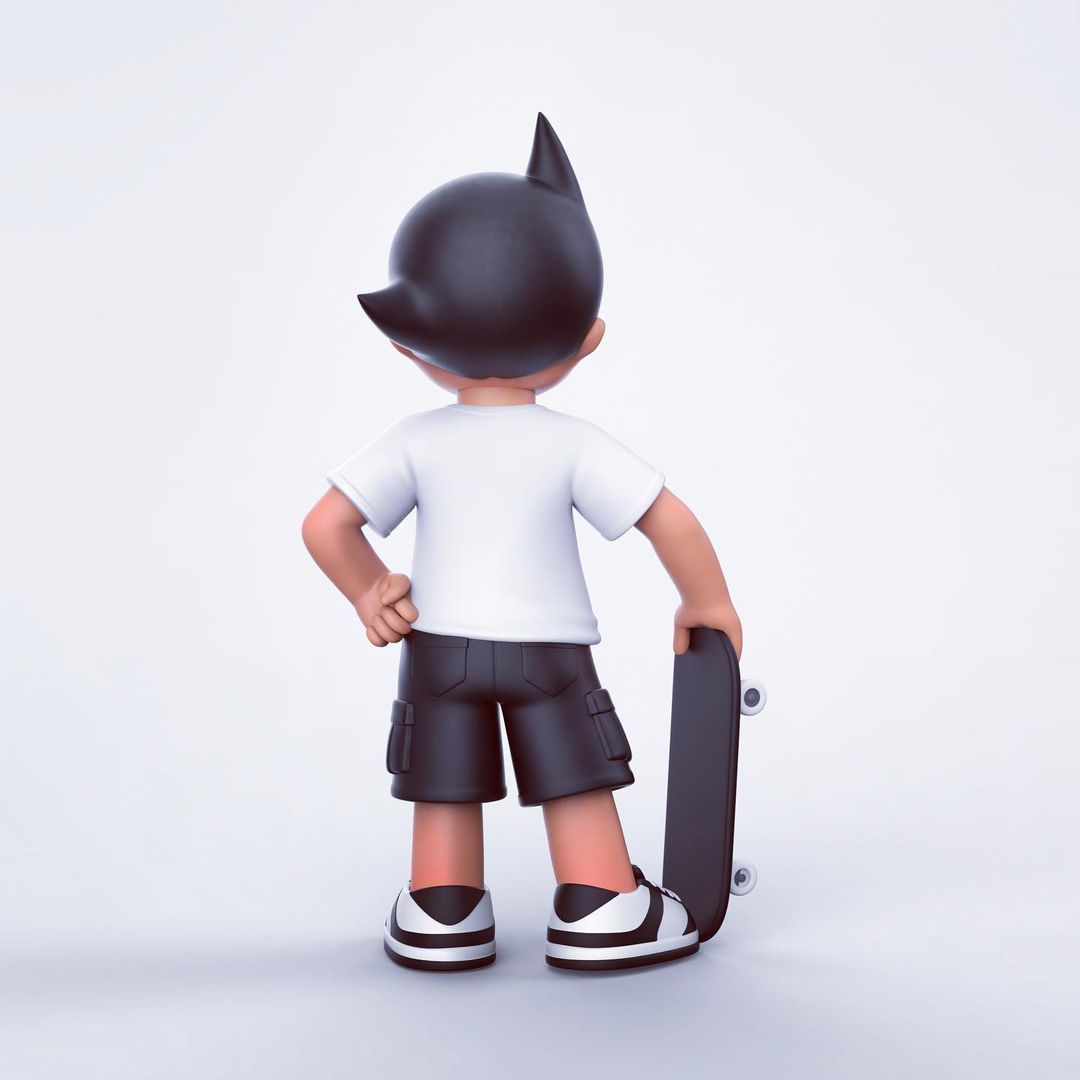
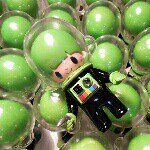

These are some clever ideas, and an interesting modification of the flash drive design. I could see something like this easily becoming popular.